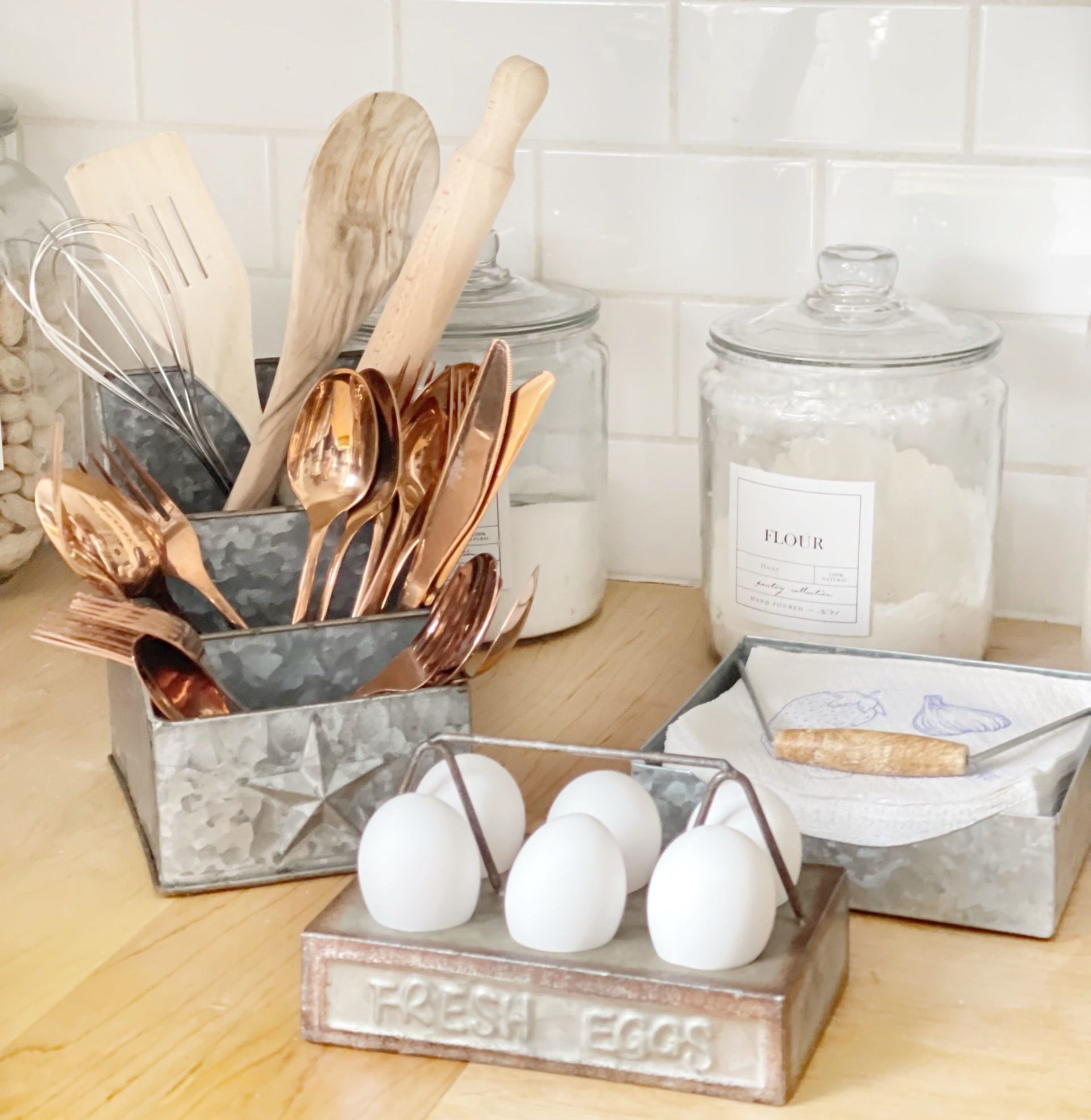Insulating Attics: Best Practices for Optimal Energy Efficiency
Insulating Attics: Best Practices for Optimal Energy Efficiency. When it comes to energy efficiency in our homes, one of the most overlooked areas is the attic. This often-neglected space can be a significant source of energy loss, leading to higher heating and cooling costs. But fear not. This blog post will guide you through the best practices for insulating your attic and achieving optimal energy efficiency.
Understanding the Importance of Attic Insulation
Attic insulation plays a crucial role in maintaining a comfortable temperature in your home. In simple terms, it acts as a barrier that reduces the amount of heat that escapes from the house during winter and enters during summer. This reduction in heat transfer results in less energy needed to heat or cool your home, thereby saving you money on your energy bills.
For example, consider a house without attic insulation during winter. The heat generated by your heating system will rise and escape through the roof, forcing your system to work harder to maintain a comfortable temperature. Conversely, in the summer, heat from the sun’s rays will penetrate your attic and seep into your living spaces, causing your air conditioning unit to work overtime to cool your home.
Types of Attic Insulation
There are several types of attic insulation available, each with its own set of advantages and disadvantages. Some of the most common include loose-fill, batts and rolls, and spray foam. Loose-fill insulation, as the name suggests, is loose particles that are blown into the attic using special equipment. Batts and rolls, on the other hand, are more like blankets that are laid out to cover the attic floor. Lastly, spray foam is sprayed onto the attic surfaces, where it expands and hardens.
For instance, if you have an old house with no existing insulation, loose-fill might be an excellent choice because of its ability to fill in all the nooks and crannies. Alternatively, if you have a new construction project, batts and rolls could be suitable due to their ease of installation.
Correct Installation of Attic Insulation
The effectiveness of attic insulation largely depends on its correct installation. It’s not just about laying down the insulation material; attention needs to be given to aspects like ensuring an even distribution, avoiding compression, and sealing all air leaks.
Imagine installing batts and rolls of insulation. If not laid out evenly or if compressed, the insulation value decreases, leading to inefficient energy use. Similarly, any unsealed air leaks can allow warm air to escape or enter, undermining the effectiveness of the insulation. To make sure that your insulation is properly installed, you can ask help from professionals from iFOAM in Mabelvale.
Attic Ventilation is Crucial
While insulating your attic, it’s crucial not to overlook the importance of proper ventilation. Good attic ventilation allows for a continuous flow of outside air through the attic, which not only helps to reduce the temperature in the attic but also reduces the load on your cooling system.
Picture this: An attic without adequate ventilation traps heat, making your cooling system work harder to maintain a comfortable temperature inside the house. On the other hand, a well-ventilated attic allows hot air to escape, reducing the burden on your air conditioner.
Maintaining Your Attic Insulation
Like any other part of your home, attic insulation requires regular maintenance to ensure its effectiveness. This includes checking for any signs of damage, such as water leaks, mold growth, or pest infestation, and addressing them promptly. For issues related to pest infestation, it’s best to contact a professional pest control service to prevent further damage.
Consider an attic insulated with loose-fill insulation. If a water leak develops, the insulation can become compacted and lose its effectiveness. Similarly, a pest infestation can lead to insulation damage, reducing its insulation value.
Upgrading Your Attic Insulation
If your home is older or if you’re still feeling the pinch despite having your attic insulated, it might be time to consider upgrading your attic insulation. Upgrading involves adding more insulation to increase the thermal resistance, or R-value, which improves energy efficiency.
Take this scenario: You’ve insulated your attic using batts and rolls, but you’re still noticing high energy bills. Upgrading to a higher R-value insulation can help improve energy efficiency, resulting in lower energy costs.
Final Thoughts
Insulating your attic is one of the most cost-effective ways to improve your home’s energy efficiency. By understanding the importance of attic insulation, choosing the right type, ensuring correct installation, maintaining good ventilation, carrying out regular maintenance, and considering an upgrade when necessary, you can significantly reduce your energy costs and contribute to a more sustainable future. So don’t neglect your attic – it’s time to make it work for your benefit.
We hope you enjoyed this post on Insulating Attics: Best Practices for Optimal Energy Efficiency. Check out our DIY Built-In Beds!
I would love for you to follow us on Instagram, Pinterest, TikTok, and Facebook! You can also join our email list so you don’t miss any fun blog posts or designing spaces.

